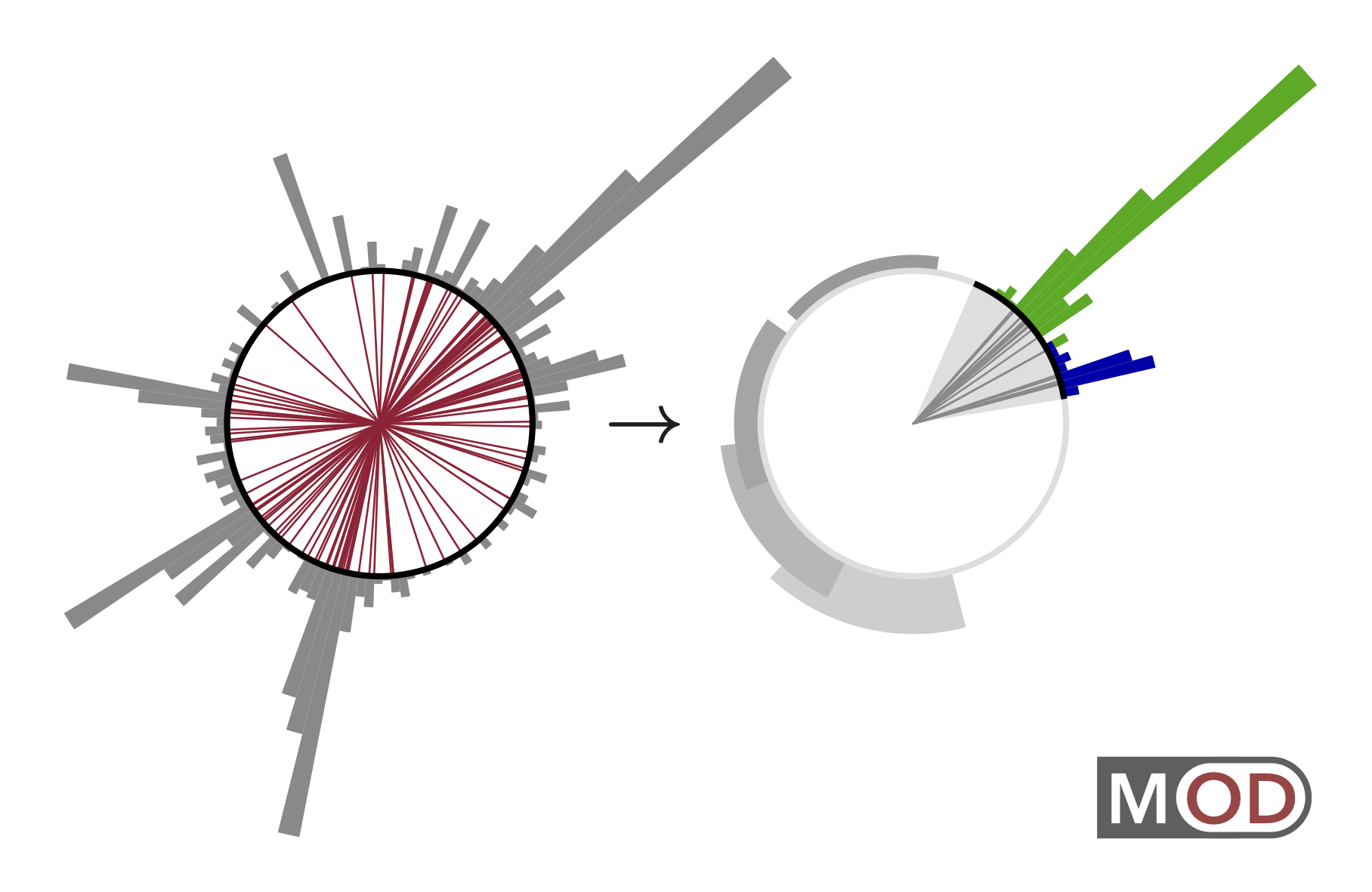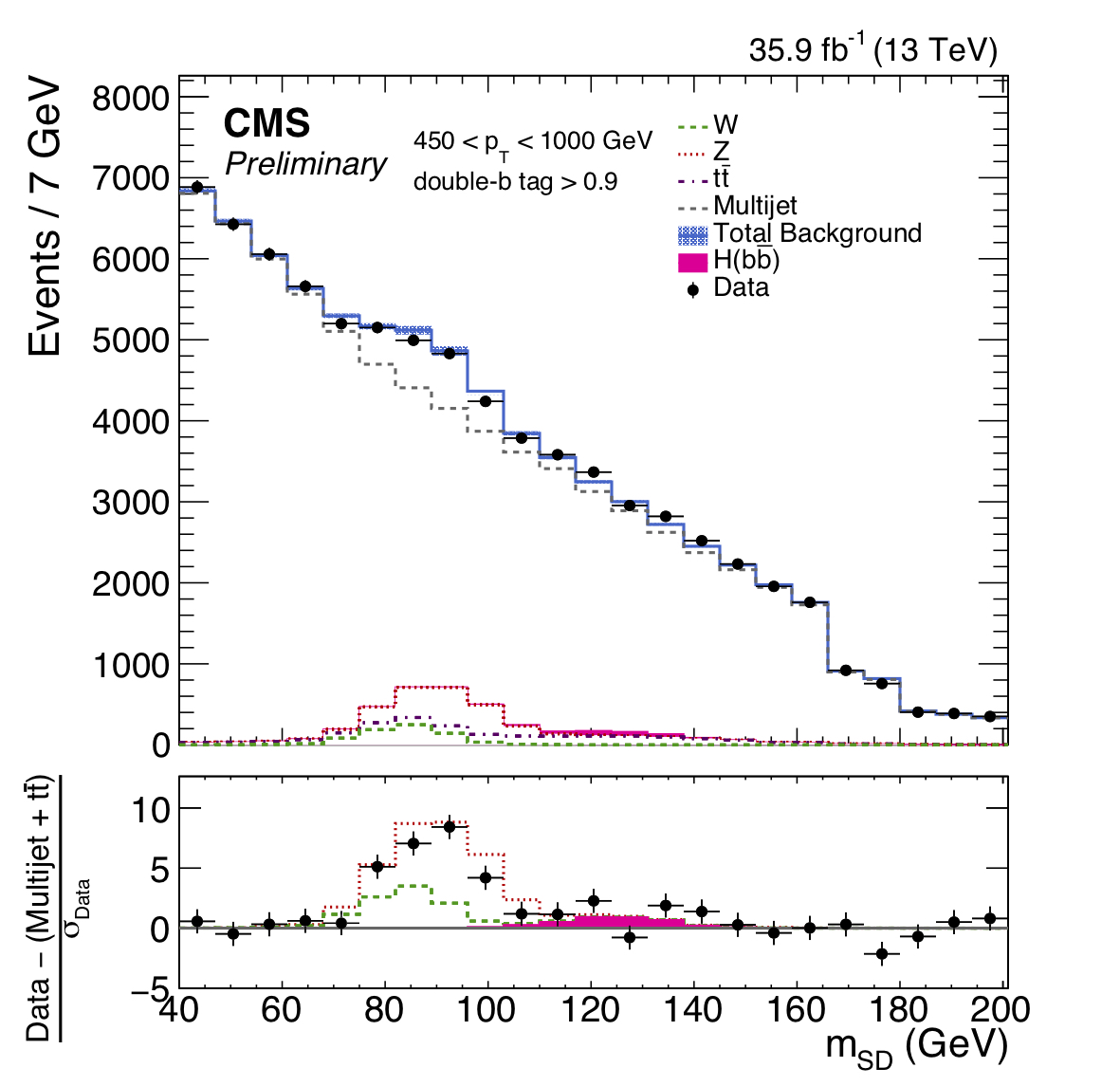Research interests
My research on fundamental physics is focussed on the high-energy frontier, the exploration of which is currently instigated by data from the CERN Large Hadron Collider (LHC). I study the way particles interact when collided at the highest energies, in order to push our understanding of the forces of Nature to the ultimate precision, thus uncovering the possible presence of new particles and interactions that, while not accounted for by the Standard Model of particle physics, can explain observed physical phenomena such as the existence of dark matter.
For more information about the research activities in theoretical physics carried out at Genova, you can visit our group webpage.
I apply Quantum Chromo-Dynamics (QCD), the theory of the strong force, to a range of topics which are central to the LHC program. The LHC collides protons, which are strongly interacting, and further strongly-interacting particles are abundantly produced in every such collision. Careful studies of QCD radiation in Higgs and new physics processes can be exploited in order to better understand their properties. The possibility of making discoveries depends on our ability to separate new and rare phenomena from an overwhelming background, which is often orders of magnitude bigger than the signal. This background consists of Standard Model processes and its dominant component comes from strong interactions. Therefore, precision calculations in QCD, together with the development of innovative searching techniques, are mandatory in order to fully exploit the LHC potential.
My research focuses on two main topics:
- precision calculations for testing the Standard Model and the properties of the Higgs boson;
- new analysis techniques for LHC discoveries in the context of jet substructure (see pictures above).
My up-to-date publication list can be found on Inspire
Together with Gregory Soyez and Michael Spannowksy, I wrote an introductory book on jet substructure: Looking Inside Jets. After the book publication, a number of misprints have been spotted. We have compiled a list of the most significant ones here. We also maintain an up-to-date version on the arXiv.

